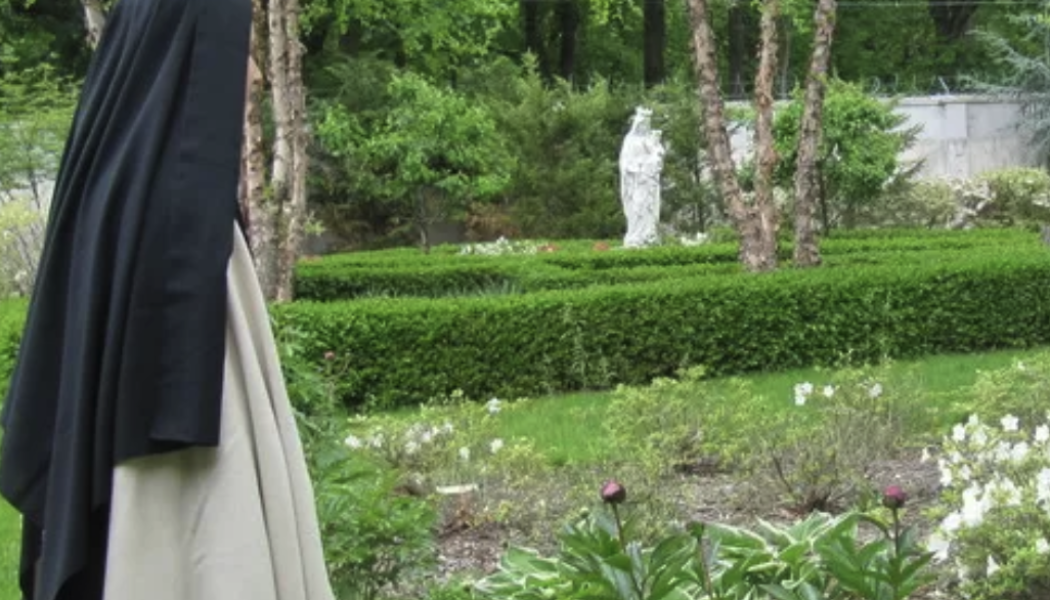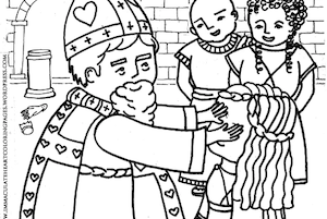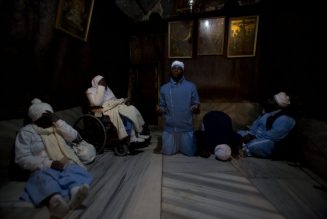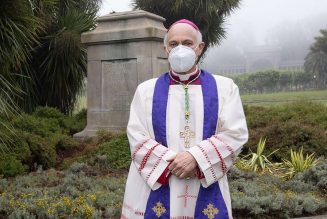
The headline of this New York Times story was totally “religion story” — “The Nuns Who Left Brooklyn.”
Thus, I heard from people who wanted to know what your GetReligionistas thought of this religion story.
The content of this news feature was, quite frankly, totally “metro desk” (people who have worked in newsrooms will understand that term). This is, let me stress, not a complaint. The Times story is packed with relevant, even colorful local news details about a sad situation that developed in Brooklyn.
Also, religion-beat pros will not that it is hard to do a story about the details in the lives of cloistered Catholic women religious, since they are not going to sit down for interviews and talk about the details of their lives and beliefs. The story has some crucial details provided by others that tell readers some of what they need to know.
Would I have appreciated a few more details about this order and where it fits into the current drama of Catholic monastic life in America? Sure. Was that an essential part of this particular story? I’ll admit that the answer to that is: “Not really.” Hold that thought. Meanwhile, here is the overture:
The 10 Carmelite nuns of Cypress Hills, cloistered in Brooklyn for almost 20 years, decided to leave New York City after much contemplation.
As much as they tried, the sisters of the Monastery of Our Lady of Mount Carmel and St. Joseph, devotees of silence and prayer who rarely left the confines of the cloister, could no longer ignore what was going on outside. The loud celebrations in an adjacent park became a bit too much. And when a beloved lay volunteer was murdered, the sisters were shaken deeply.
The last straw came in 2020, that first pandemic summer, with the explosion of late-night partying on their street involving cars with powerful speakers, said Mother Ana Maria, who spoke on behalf of the monastery, which used to be on Highland Boulevard.
“Our walls shook and our windows shattered,” she said. The sisters wondered whether the blaring music well past midnight was aimed directly at them.
Shattered windows? That’s some loud partying. That leads to a poignant detail, care of the mother superior who spoke for the nuns.
Mother Ana Maria, who, along with her sisters, begins each day at 5 a.m. The nuns pushed their beds away from the walls of their cells — the small rooms where they slept — but still felt unsafe, she said.
So, in late January, the sisters decided to decamp for rural Pennsylvania. Now there are just four monasteries left in the city, one each in the Bronx and Queens, and two in Brooklyn.
So there are, essentially, two stories here — the two realities that collided. The first is the urban environment and the problem that developed. The Times story does a fine job of letting readers know that the sisters were not thin-skinned idealists who were imagining things.
Jumping down into the body of the story, there was these solid bytes of “metro desk” material:
… [I]n 2017, the sisters become more concerned for their safety when George Carroll, a beloved Oblate volunteer, died in a stabbing in Greenpoint, several miles away.
Before his death, Mr. Carroll, who had bicycled to the monastery almost every day, represented the sisters to city officials, relaying their concerns about the noise in the park. He also shoveled snow, pruned the courtyard garden and made minor repairs in the cloister, according to his wife, Christina Carroll, who held his funeral at the monastery.
Also, locals who loved the monastery complained about “drag races, garbage dumping, homeless encampments” and more.
In 2020, Highland Boulevard residents made 176 calls to 311 about street noise and 139 calls for illegal parking and blocked driveways. (The number of noise complaints dropped over the next two years, although the number of illegal parking complaints remains high.)
That’s half the equation here. What else to readers need to know about the nuns, themselves? Here is some summary material that is — with justification — near the top of the feature.
For a while, life in Cypress Hills was “peaceful and amazing,” Mother Ana Maria said. The sisters dedicated themselves to prayer, meditation, spiritual reading and baking altar bread.
Mass there was special, said Roberta Alicea, who attended services for nearly 12 years. The sisters, who remained unseen, would sing behind a metal grating in the choir room next to the chapel. “Their singing made you feel like you were in heaven,” Ms. Alicea said.
Most days, the nuns, who ranged in age from 19 to 80-something, did not speak to anyone outside the monastery, although a cellphone and a computer were on the premises and used when necessary. To communicate with volunteers and priests, the sisters normally spoke through a turn, a barrel-shaped revolving cabinet used to pass goods into the monastery without violating the cloister.
Now, the lede noted that there were 10 nuns in this community. In this day and age, that is a healthy community. Note, for example, that one of the nuns is a teen-ager.
What is the context for my comment? Here is a small piece of a Catholic News Service report from five years ago:
The number of women religious in the United States has declined from a peak of 181,421 in 1965 to 47,160 in 2016, National Religious Retirement Office statistics show. About 77 percent of women religious are older than 70.
As many as 300 of the 420 religious institutes in the United States are in their last decades of existence because of aging membership and declining vocations, officials said.
It does not appear that this Carmelite monastery is part of dying-order drama, at least not at this time.
Why? I wanted to know more about how the younger members of the order made their way into this monastery. Locals? Women from other parts of the world?
There also is a somewhat controversial theme looming in the background. This may have been part of the interest shown by leaders. To cut to the chase, traditional orders focusing on prayer, worship and quiet service appear to be doing better than the more “relevant” modern orders that are, well, not known for their willingness to defend Catholic doctrines. Here is the top of a 2009 “On Religion” column (“Painful options for postmodern nuns“) that I wrote on these themes:
It may take time, but it’s hard for a Catholic educator to publicly praise the work of nuns who have bravely leapt “beyond Jesus” without drawing some flack — especially in the Internet age.
During this era of crisis and decline, some Catholic religious orders have chosen to enter a time of “sojourning” that involves “moving beyond the church, even beyond Jesus,” Sinsinawa Dominican Sister Laurie Brink told a 2007 national gathering of the Leadership Conference of Women Religious.
“Religious titles, institutional limitations, ecclesiastical authorities no longer fit this congregation, which in most respects is Post-Christian,” added Brink, a former journalist who is a biblical studies professor at Chicago’s Catholic Theological Union. For these women, the “Jesus narrative is not the only or the most important narrative. … They still hold up and reverence the values of the Gospel, but they also recognize that these same values are not solely the property of Christianity. Buddhism, Native American spirituality, Judaism, Islam and others hold similar tenets for right behavior within the community, right relationship with the earth and right relationship with the Divine.”
Did this “metro” story need to explore some of these questions?
Not really.
Well, UNLESS the surviving convents and monasteries in the city tend to be “traditional” in terms of their ministries and approach to doctrine and the ones that are closing represent the modern and/or postmodern trend.
That might be a topic for a follow-up story — for the religion desk.
Thoughts?
FIRST IMAGE: Feature photo on the website of the Monastery of Our Lady of Mt. Carmel & St. Joseph.








